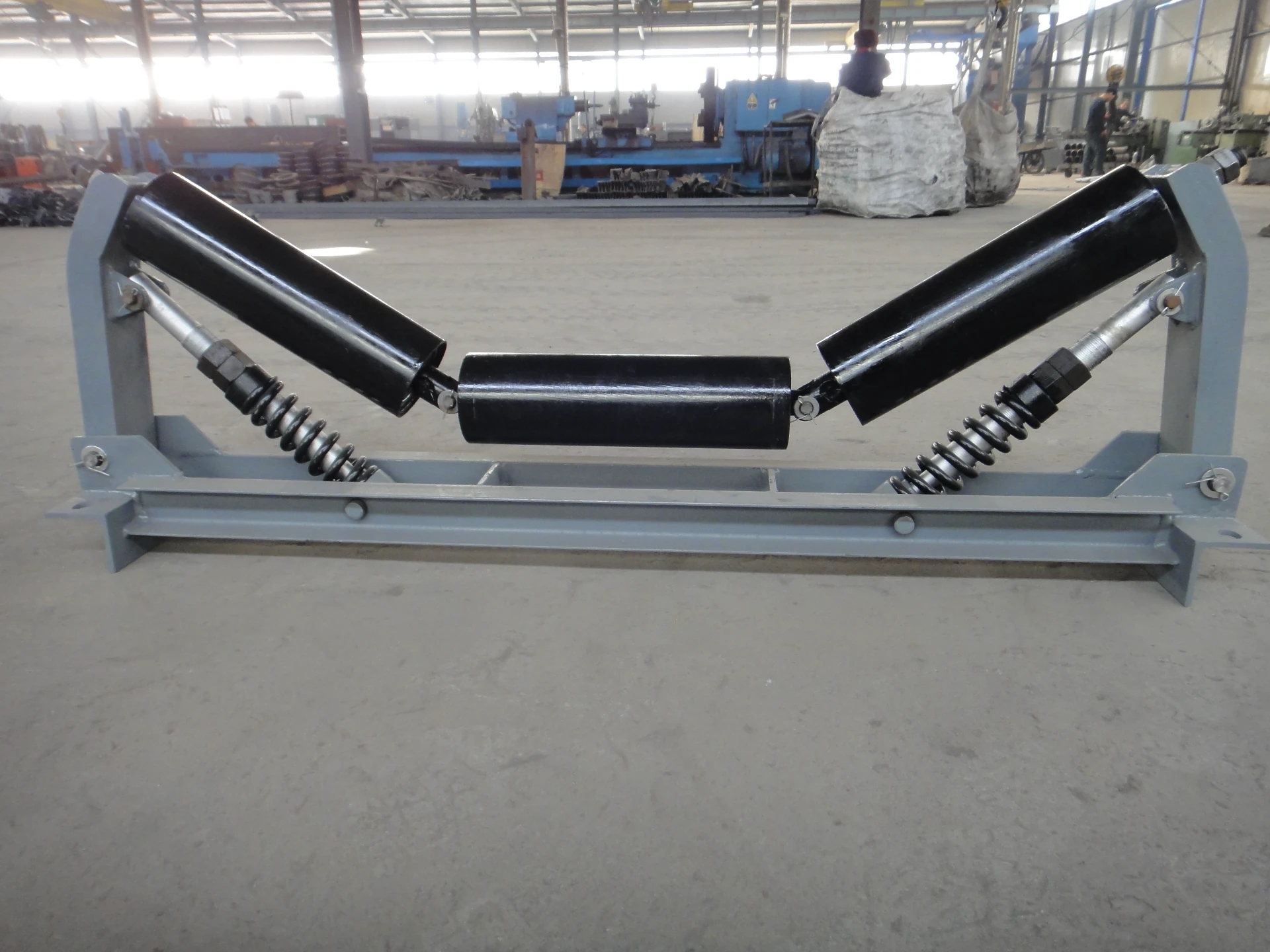 Afrikaans
Afrikaans  Albanian
Albanian  Amharic
Amharic  Arabic
Arabic  Armenian
Armenian  Azerbaijani
Azerbaijani  Basque
Basque  Belarusian
Belarusian  Bengali
Bengali  Bosnian
Bosnian  Bulgarian
Bulgarian  Catalan
Catalan  Cebuano
Cebuano  Corsican
Corsican  Croatian
Croatian  Czech
Czech  Danish
Danish  Dutch
Dutch  English
English  Esperanto
Esperanto  Estonian
Estonian  Finnish
Finnish  French
French  Frisian
Frisian  Galician
Galician  Georgian
Georgian  German
German  Greek
Greek  Gujarati
Gujarati  Haitian Creole
Haitian Creole  hausa
hausa  hawaiian
hawaiian  Hebrew
Hebrew  Hindi
Hindi  Miao
Miao  Hungarian
Hungarian  Icelandic
Icelandic  igbo
igbo  Indonesian
Indonesian  irish
irish  Italian
Italian  Japanese
Japanese  Javanese
Javanese  Kannada
Kannada  kazakh
kazakh  Khmer
Khmer  Rwandese
Rwandese  Korean
Korean  Kurdish
Kurdish  Kyrgyz
Kyrgyz  Lao
Lao  Latin
Latin  Latvian
Latvian  Lithuanian
Lithuanian  Luxembourgish
Luxembourgish  Macedonian
Macedonian  Malgashi
Malgashi  Malay
Malay  Malayalam
Malayalam  Maltese
Maltese  Maori
Maori  Marathi
Marathi  Mongolian
Mongolian  Myanmar
Myanmar  Nepali
Nepali  Norwegian
Norwegian  Norwegian
Norwegian  Occitan
Occitan  Pashto
Pashto  Persian
Persian  Polish
Polish  Portuguese
Portuguese  Punjabi
Punjabi  Romanian
Romanian  Russian
Russian  Samoan
Samoan  Scottish Gaelic
Scottish Gaelic  Serbian
Serbian  Sesotho
Sesotho  Shona
Shona  Sindhi
Sindhi  Sinhala
Sinhala  Slovak
Slovak  Slovenian
Slovenian  Somali
Somali  Spanish
Spanish  Sundanese
Sundanese  Swahili
Swahili  Swedish
Swedish  Tagalog
Tagalog  Tajik
Tajik  Tamil
Tamil  Tatar
Tatar  Telugu
Telugu  Thai
Thai  Turkish
Turkish  Turkmen
Turkmen  Ukrainian
Ukrainian  Urdu
Urdu  Uighur
Uighur  Uzbek
Uzbek  Vietnamese
Vietnamese  Welsh
Welsh  Bantu
Bantu  Yiddish
Yiddish  Yoruba
Yoruba  Zulu
Zulu Optimizing Conveyor Pulley Performance with Ceramic Lagging Solutions for Enhanced Durability
Ceramic Lagging Conveyor Pulley Enhancing Performance and Durability
Conveyor systems are integral to many industrial processes, facilitating the efficient movement of materials from one location to another. Among the critical components in these systems are the conveyor pulleys, which play a significant role in the overall functionality and reliability of the conveyor. One innovative development in conveyor technology is the use of ceramic lagging on conveyor pulleys. This article will explore the advantages, applications, and considerations associated with ceramic lagging.
What is Ceramic Lagging?
Ceramic lagging refers to the coating of conveyor pulleys with ceramic tiles or a similar material. This enhancement serves multiple purposes, primarily aimed at improving the grip between the pulley and the belt, thereby preventing slippage and ensuring smooth operation. Ceramic lagging is characterized by its high resistance to wear and tear, making it an ideal choice for heavy-duty applications where conventional lagging materials might falter.
Advantages of Ceramic Lagging
1. Enhanced Traction One of the key benefits of ceramic lagging is its superior traction. The textured surface of the ceramic tiles increases friction between the pulley and conveyor belt, significantly reducing the chances of slippage. This is particularly important in applications where materials are transported on inclined surfaces or when the conveyor is subjected to heavy loads.
2. Durability Ceramic materials are known for their excellent wear resistance. They can withstand the abrasive nature of many materials commonly transported in industrial settings, such as aggregates, ores, and other heavy products. This durability leads to a longer service life for both the pulley and the conveyor belt, reducing maintenance needs and overall operational costs.
3. Heat Resistance Ceramic lagging can also withstand high temperatures, making it suitable for environments where temperature fluctuations are common. This quality ensures that the lagging maintains its integrity and effectiveness, even in challenging operational settings.
4. Corrosion Resistance Many ceramic materials are resistant to corrosion, making them ideal for industries that involve the transport of corrosive substances or where the conveyor system may be exposed to harsh chemicals. This resistance helps protect the underlying metal components from rust and degradation.
5. Noise Reduction The incorporation of ceramic lagging can also contribute to reduced operational noise levels. This is particularly valuable in environments where noise control is a priority, such as in urban settings or near residential areas.
ceramic lagging conveyor pulley

Applications of Ceramic Lagging
Ceramic lagging is widely utilized across various industries. Some of the key sectors include
- Mining and Aggregates In the mining industry, conveyor systems are often used to transport heavy materials over long distances. The durability and slip-resistant properties of ceramic lagging make it an ideal choice for these applications.
- Cement Production The cement industry involves the handling of abrasive materials, making the wear resistance of ceramic lagging essential. This application not only enhances pulley performance but also contributes to the longevity of the conveyor system.
- Food Processing In food processing plants, hygiene and contamination prevention are critical. Ceramic lagging can be engineered to meet food safety standards while providing the necessary traction and durability.
Considerations for Ceramic Lagging
While ceramic lagging offers numerous advantages, there are considerations to be taken into account. The initial investment can be higher compared to traditional lagging materials. However, this cost is often offset by the extended service life and reduced maintenance requirements. Additionally, proper installation by trained professionals is crucial to achieve maximum benefits from ceramic lagging.
Conclusion
Ceramic lagging conveyor pulleys represent a significant advancement in conveyor technology, delivering enhanced performance, durability, and operational efficiency. With its superior traction, wear resistance, and versatility across various industries, ceramic lagging is becoming an increasingly popular choice for businesses looking to enhance their conveyor systems. As industries continue to evolve and demand more from their equipment, ceramic lagging will likely play an essential role in improving productivity and reducing downtime in the years to come.
-
Revolutionizing Conveyor Reliability with Advanced Rubber Lagging PulleysNewsJul.22,2025
-
Powering Precision and Durability with Expert Manufacturers of Conveyor ComponentsNewsJul.22,2025
-
Optimizing Conveyor Systems with Advanced Conveyor AccessoriesNewsJul.22,2025
-
Maximize Conveyor Efficiency with Quality Conveyor Idler PulleysNewsJul.22,2025
-
Future-Proof Your Conveyor System with High-Performance Polyurethane RollerNewsJul.22,2025
-
Driving Efficiency Forward with Quality Idlers and RollersNewsJul.22,2025





























